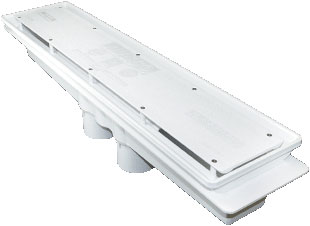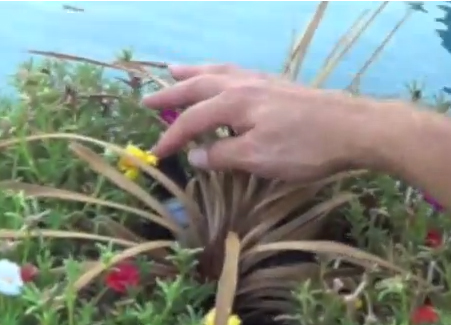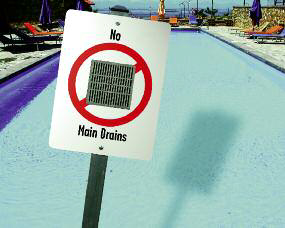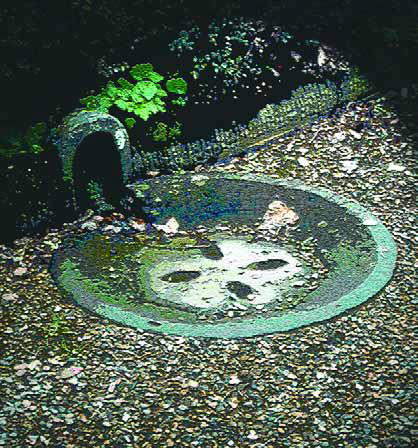drains
A&A Manufacturing (Phoenix, AZ) offers single-channel anti-vortex drains for use in pools and spas. Engineered…
With new rules and varying codes, setting up drain systems for pools and spas is more complicated than it once was, notes Paolo Benedetti. Here, he offers a bit of technical advice that will help clarify the process -- and make it easier for systems to pass inspection.
For as long as I can remember, I've noticed that people with pools in their backyards tend to like to put big pots near the water: It's a nice touch that breaks up the horizontal plane and brings an easy sense of scale to the setting. The greenery and flowers can be nice, too. Watershape designers have gotten in on the act as well, inserting pots into projects as visual anchors, as is the case in the project on display in the video linked below: We used them here not only to
For as long as I can remember, I've noticed that people with pools in their backyards tend to like to put big pots near the water: It's a nice touch that breaks up the horizontal plane and brings an easy sense of scale to the setting. The greenery and flowers can be nice, too. Watershape designers have gotten in on the act as well, inserting pots into projects as visual anchors, as is the case in the project on display in the video linked below: We used them here not only to
Once you start thinking along the lines of putting visual clutter out of sight, it’s as though a whole range of interesting concealment possibilities begin presenting themselves. Case in point: My early work in stashing hoses in buried utility boxes triggered thoughts about hiding other bits of deck “plumbing” that do a remarkable job of
The following is the text, somewhat altered for this audience, of a letter I’ve sent a number of health departments in the course of working on projects for our clients. There is no doubt that the recent wave of legislation, codes and standards regarding suction entrapment has caused confusion – not just in the pool and spa industry, but also among lawmakers, inspectors and contractors as well as pool and spa owners. These mandates, however well intended, have all too often been confusing or contradictory and frequently reflect neither
Reading WaterShapes' 100th issue brought back memories of when I first discovered the magazine and my early conversations with its editor, Eric Herman. I remember thinking at that time - or at least hoping - that there really were lots of other people out there in the design/build world who truly aim to do things right, first time, every time. In looking over the poster included with the issue, I spotted the one from January 2000 with a photograph I'd taken of one of our projects - a retaining wall under construction. I don't know quite why, but that image made me think of a site I visited last year where a retaining wall built by inexperienced hands was in the process of collapsing. And not only was the wall falling apart, but it was also compromising the fence atop it as well as a concrete patio, a storage shed and an inground pool it was intended to bolster. I couldn't help thinking that, as far as our industry has come in the past decade, there are always going to be those who
Some people seem to believe that designing is all about reinventing the wheel every time they go to work on a new project or need to create a new detail of some kind. Truth is, however, that most great design ideas and details are derivative of things that have been done before. This is why I'm such a strong advocate for education - especially the sort that involves venturing out into the world and seeing things with your own eyes. You can see pictures of things in books and watch slide shows in classrooms, and that's extremely valuable for the way it opens your eyes to




















